The Samsung QN90D is a remarkable TV for colouring that represents the height of Samsung’s living room tech, but in a different way to the S95D, the OLED model we reviewed earlier this year.
Samsung is more interested in better colouring than deeper blacks, which is why the company has more ‘QLED’ TVs in its range than ‘OLED’ models.
If you’re asking me as an individual, I prefer the better contrast and darkness provided by OLED panels, which is why I consider the S95D to be my favourite TV on the market at the moment. However, for deep colours, I can say that the QN90D is one of the best options, especially if you want a properly big TV. This thing goes up to 98 inches.
Here’s what I thought about the Samsung QN90D, the most expensive TV in Samsung’s Neo QLED TV range. Samsung let me go hands-on with the TV in a three hour session, paired with the Q930D soundbar.
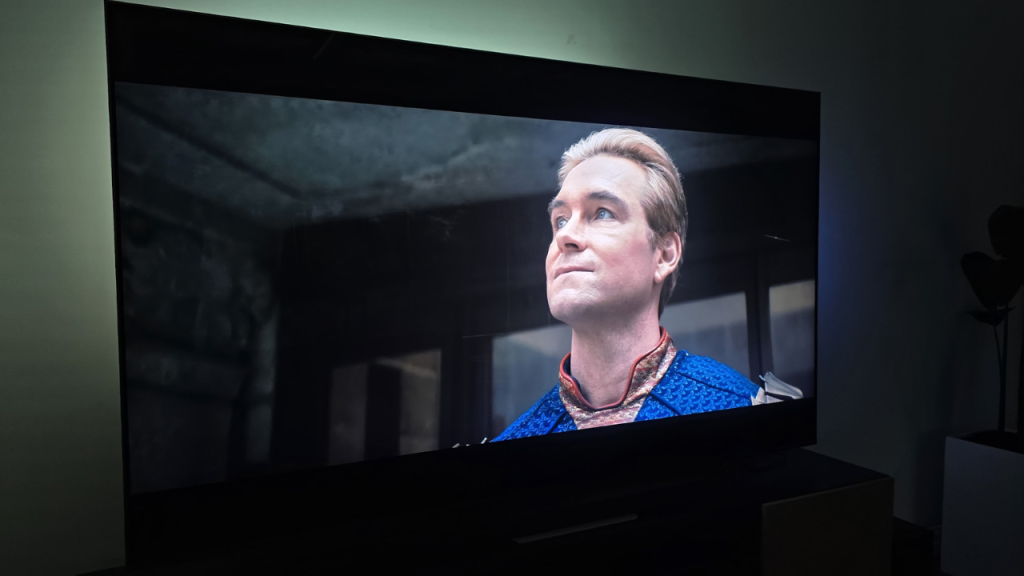
QLED quality
Let me explain what Samsung means by ‘Neo QLED’. Neo QLED is a mini LED, except the panel is made up of sand-grain-sized pixels called Quantum Dots. It’s how the TV is able to provide such immense colouring, though you won’t notice the exact same rich darkness that OLED panels can produce. With those better colours, there’s no wonder why Samsung has decided to fit this tech into the best TV in its catalogue.
The Samsung QN90D Neo QLED barely has any light bleed during dark scenes, though you will notice some in extremely limited cases, such as in the black bars at the top and bottom of the screen during well-lit scenes, or when darkness surrounds a central, bright figure.
OLEDs will have an advantage in a dark room, but in a bright room, such as the environment in which I reviewed the QN90D, Neo QLED has the upper hand.
The QN90D is available in several sizes: 43, 50, 55, 65, 75, 85, and 98-inch, and so far I’ve only had a play around with the 98-inch model. I can confidently say that this is a brilliant size for a TV, but it’s strange that Samsung doesn’t offer an OLED panel at this size point. Samsung’s dispersal of TV specs across different models is confusing.
The QN90D is the flagship model, obviously, with Neo QLED and 4K, however, the company separately offers 8K panels. That’s fine by me – most content isn’t viewable with an 8K screen anyway, so you probably won’t mind.
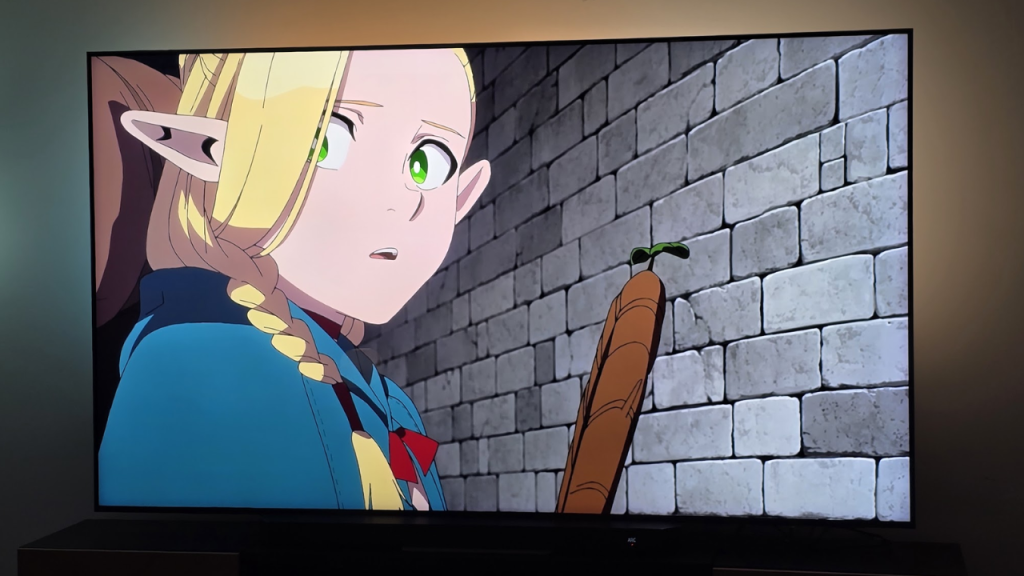
There’s not too much I can say differently from the OLED panel I reviewed earlier this year, apart from the fact it’s a different screen. Samsung uses the same operating system, picture options, and sound options across its flagship range. It’s all extremely seamless to modify, and you’ll probably be looking to adjust picture quality constantly, depending on what you’re viewing. In my session, switching from a movie, to a TV show, to an anime, I found myself constantly adjusting the picture quality, to adjust to different frame rates and colouring choices.
There is an option to set the TV to ‘Dynamic’ so that it automatically adjusts, but I recommend against this, as when watching anime, Dungeon Meshi, it went ahead and enabled motion smoothing, which just butchers picture quality in these shows. You’ll probably want to delve into the TV settings to get the best possible quality across different mediums.
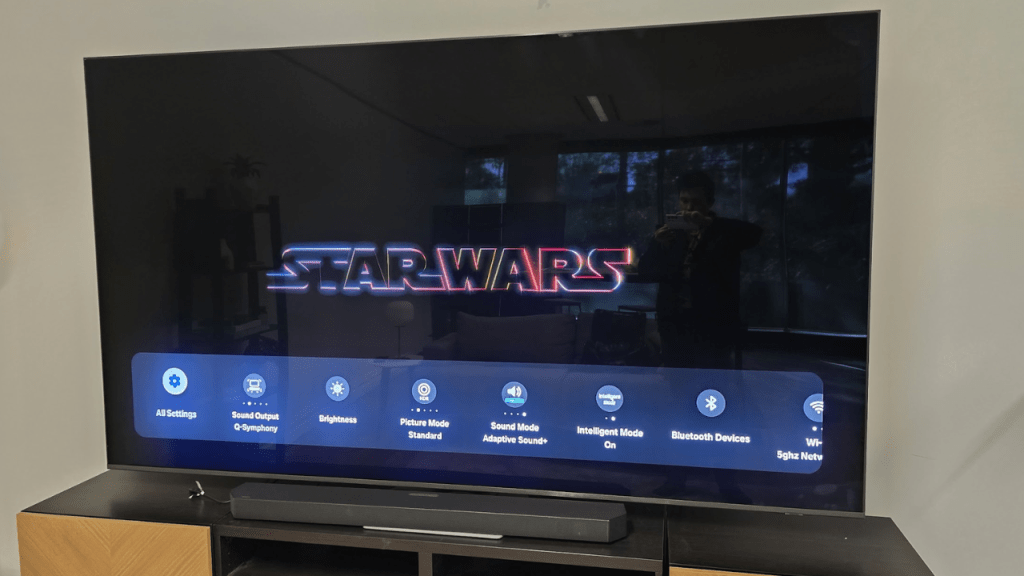
Just a quick note on sound: audio quality from the TV was fine, but Samsung recommends an accompanying soundbar. That’s why I was using the Q930D soundbar, which is a slight downgrade from the model we used with the S95D earlier this year. We’ll do a separate review on that soundbar, but know that it was a perfect pair for the flagship TV, even if it wasn’t Samsungs best-of-the-best.
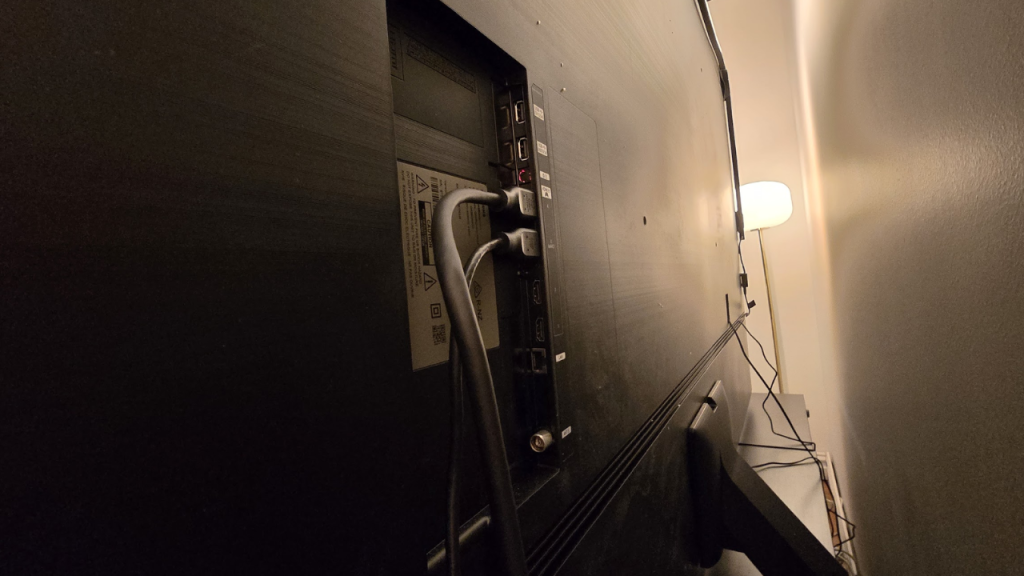
QNA
The only criticisms I have about the Samsung QN90D are non-issues in ideal circumstances.
Firstly, the Home menu feels so… Busy. There are a lot of buttons and icons that you’ll probably never even touch throughout your ownership of such a TV. However, it’ll be extremely easy to get used to.
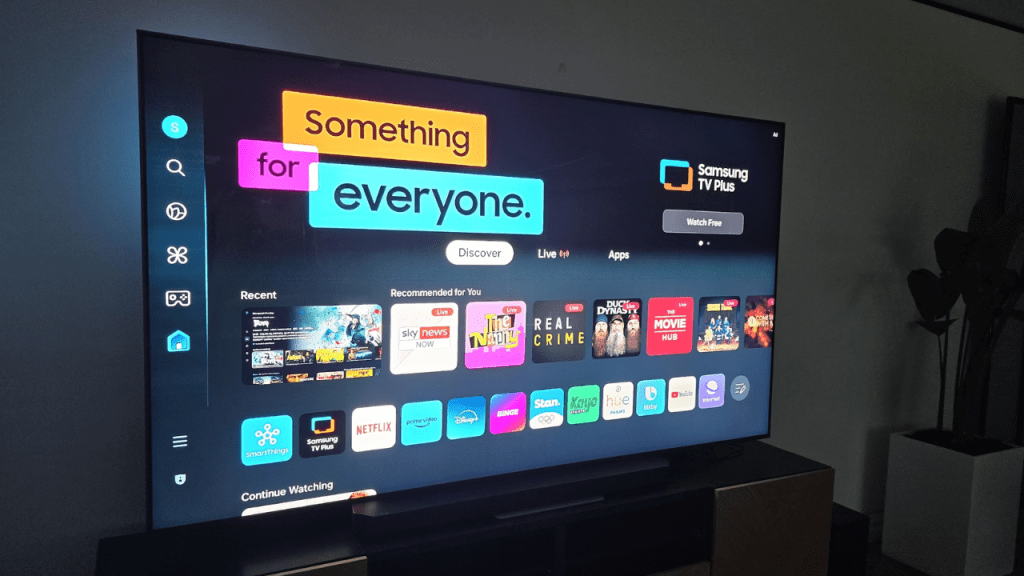
The sizing, 98-inch is big. I struggled to run a HDMI cable from one side of the TV to the other, just because of how wide the screen was. I could barely through the cable across the length of it, in the confined space behind the screen.
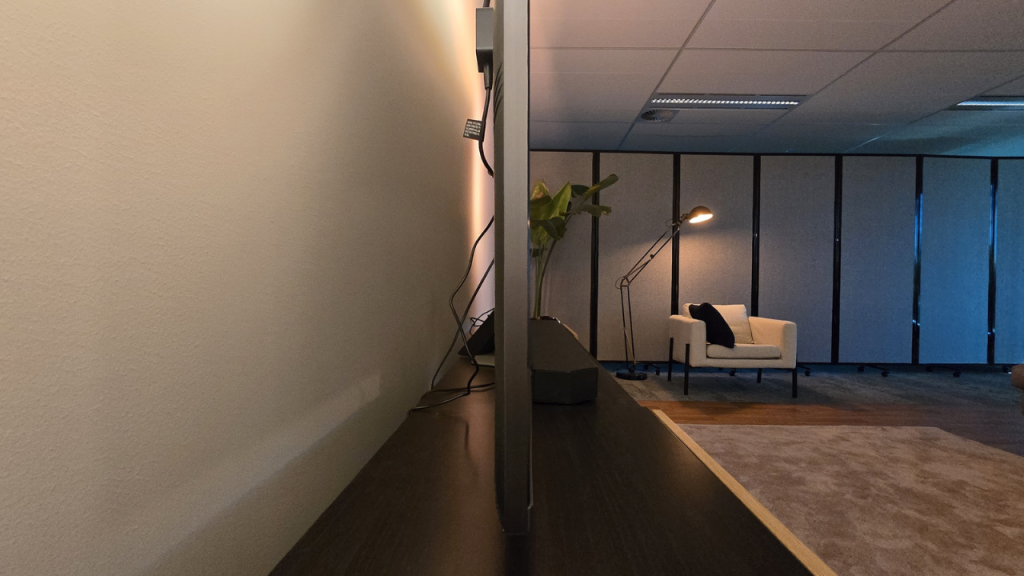
Finally, $12,999 is a lot of money for a TV. To be fair, Samsung is offering 98-inch panels at far lower prices this year than in previous ones, albeit in less powerful product ranges, but you truly end up spending your money’s worth for the best.
I do like Samsung’s arrangement of mounting the soundbar on the actual middle foot of the TV, as it’s a single strut panel without legs on the sides – though you will probably want to mount this TV on the wall. The QN90D is very good and should be treated as a cinema screen.
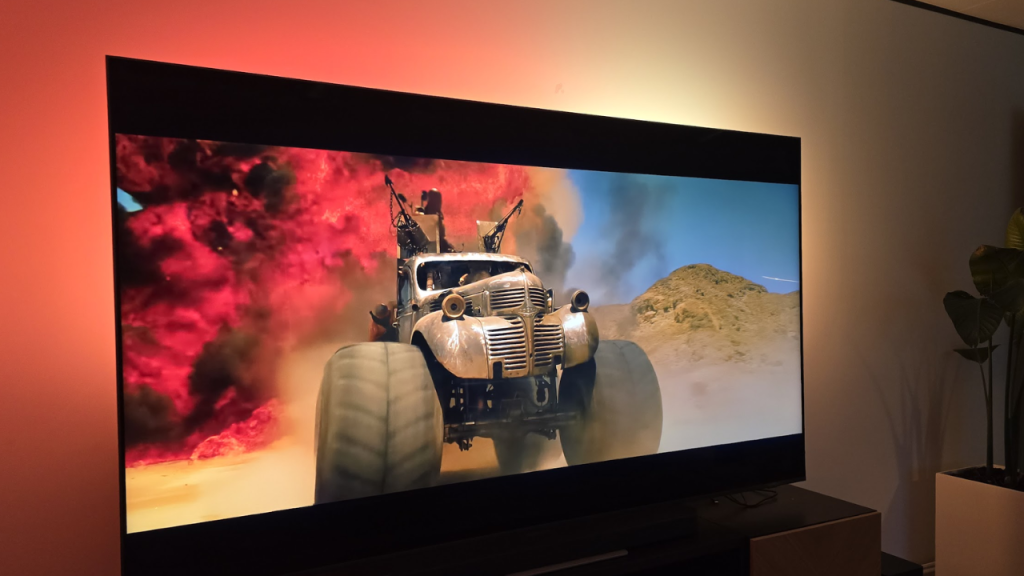
The Verdict: should you buy the Samsung QN90D?
I recommend the Samsung QN90D if you’re after a no-compromises cinema-ready display in your living room, however, the price is going to be obtrusive to many. The benefits offered by the larger panel and the rich colours make it a competitive choice against OLED screen in Australia, I would also recommend evaluating your viewing space.
If you feel like you’ll be watching in a light-filled room, I recommend this Neo QLED screen. If you’ll be watching in a dark room, my personal preference remains the S95D.
The Samsung QN90D is available now, starting at $1,999 for the 43-inch model, and going up to $12,999 for the 98-inch model. It is available from Samsung, JB Hi-Fi, and The Good Guys.
Image: Zachariah Kelly/Gizmodo Australia
